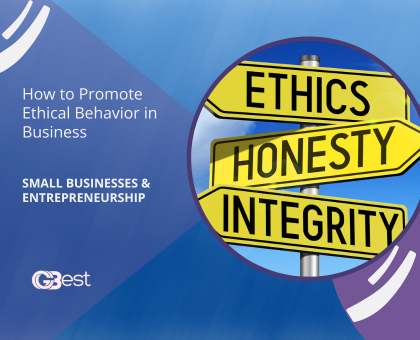Organisations which have an ad hoc approach to recruitment, staff support and succession planning are selling themselves short. Employees are the most essential resource in any organisation’s success and deserve the best to function optimally. For this reason, there must be sensitivity in how employees are motivated, nurtured and engaged so that the organization’s vision and strategic goals can be practically accomplished and the costly repercussions of employee turnover avoided.
Taking this into consideration, just as any other business strategy, management should formulate a talent strategy which involves annual reviews and updates which will complement their vision and planning. There must be a clear idea of the leadership required to execute current and future organisational strategy. An assessment must be made to find out where in the organisation this leadership exists and where it is lacking. When this is established decisions must be made as to whether to train current employees or recruit the necessary talent.
The use of collective leadership is a modern approach to utilising the expertise, capability and motivation of employees through the distribution of responsibility for the success of the organisation as a whole as opposed to individual job designations. This approach is useful as it has the potential to utilise each employees unique talents and skills to accomplish shared goals. As a matter a fact. achieving lasting success is a tedious task without diverse perspectives and contributions. This approach is best suited for the complex issues that are faced in the modern business environment which may be beyond the capacity of a few, dynamic,charismatic and brilliant individuals who are expected to have all the answers.
The task of hiring new employees must be done with the intention of fulfilling the future goals of the organization. There is a tendency for many recruiters to seek job seekers who have impressive resumes but there is generally a failure to take into account whether candidates possess values, traits, behaviors and motivational drivers which may be as or even more essential in revealing leadership potential. The current workforce requires leaders who are resourceful and can adapt well to change and ambiguity. Such leaders are driven by purpose and meaning and generally develop strong bonds with coworkers whom they empower in ways that produce results.
It should be noted that different generations are motivated and attracted by different things in organisations. Even the method used to advertise a job vacancy will not induce the same level of responsiveness from job seekers from different generations. As employees move up the ranks in an organisation the focus of their development should shift from technical functionality and business know how to strategic and conceptual thinking and capacity to tackle complexity and ambiguity. Future leaders should be challenged by giving them opportunities to fine tune their leadership skills in unfamiliar territory. The collective leadership approach is never centred around a few high potential individuals. There is ample opportunity for every employee to intervene, to be an outlet for solutions, quality control and promote responsible innovation as everyone is inherently talented.
Change is inevitable and there must be preparation for roles to be filled whether this may be due to innovation, business growth or attrition. Succession planning is also another vital aspect of talent management which involves putting measures in place so that you have the right people with the right skills in the right place when you need them.
An organisation may be blessed to have the most brilliant employees but if they are not placed in the right positions it will only create problems as opposed to solutions. Attracting great employees is only half of the work, strategically placing them within the organisation is critical to getting the most out of them.









